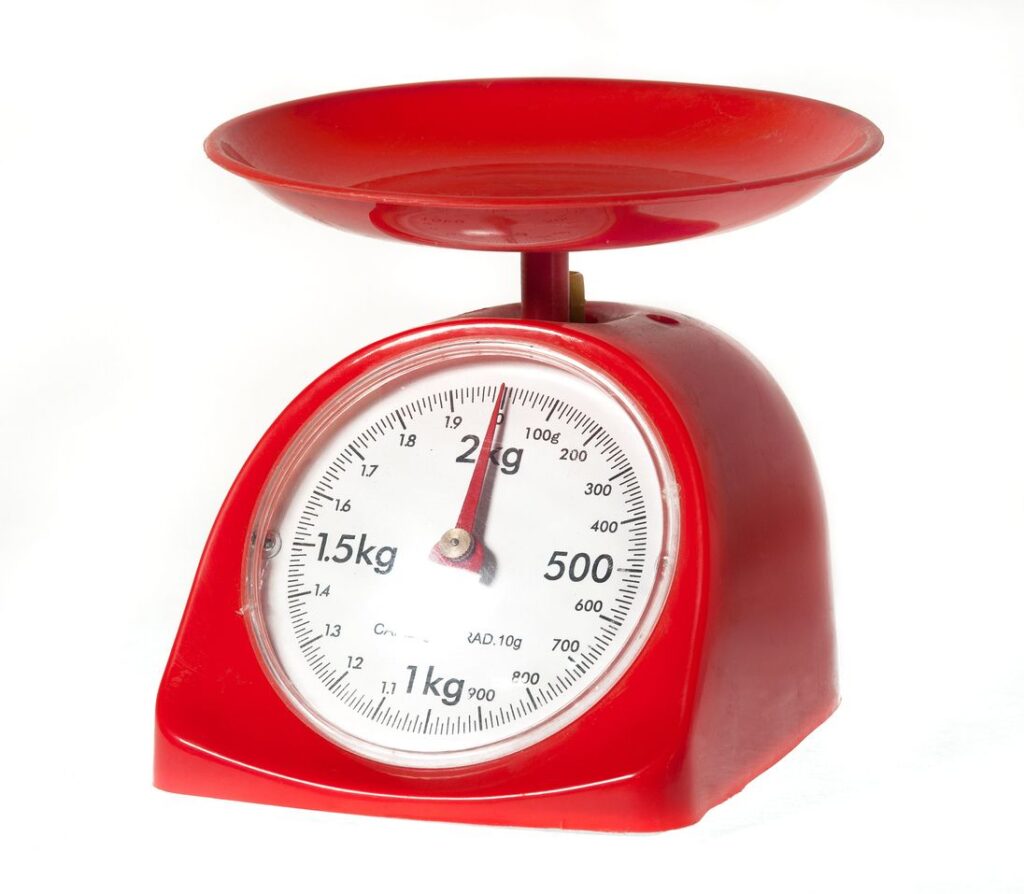How Many Milligrams in a Gram?
Understanding the relationship between grams and milligrams is essential in various fields, from science and medicine to cooking and everyday life. Whether you’re measuring ingredients, tracking medication dosages, or simply curious about unit conversions, knowing how to convert between these two units of measurement can be incredibly useful.In this comprehensive article, we’ll delve into the details of grams and milligrams, exploring their definitions, the conversion process, and practical applications.
Key Facts about Grams and Milligrams
| Fact | Source |
|---|---|
| 1 gram (g) is equal to 1,000 milligrams (mg). | Wikipedia |
| Milligrams are a unit of mass in the International System of Units (SI), while grams are a larger unit of mass in the same system. | Wikipedia |
| Grams and milligrams are commonly used to measure the mass of small objects, such as medications, food ingredients, and precious metals. | N/A |
| Precise measurement is crucial in various fields, including medicine, where accurate dosages of medications are essential for patient safety. | N/A |
| Conversion between grams and milligrams is a straightforward process, but it’s important to understand the relationship between the two units to avoid mistakes. | N/A |
Understanding Grams and Milligrams
Grams and milligrams are both units of mass in the International System of Units (SI). A gram (g) is a larger unit of mass, while a milligram (mg) is a smaller unit.
Gram (g)
The gram is the base unit of mass in the SI system. One gram is defined as the mass of one cubic centimeter of water at the temperature of maximum density (4 degrees Celsius or 39.2 degrees Fahrenheit) and standard atmospheric pressure.
Milligram (mg)
The milligram is a smaller unit of mass in the SI system. One milligram is one-thousandth of a gram, meaning that 1 gram is equal to 1,000 milligrams.
Conversion Between Grams and Milligrams
Converting between grams and milligrams is a straightforward process. The key relationship to remember is that 1 gram is equal to 1,000 milligrams.To convert from grams to milligrams, you simply need to multiply the number of grams by 1,000. For example, 5 grams is equal to 5,000 milligrams.Conversely, to convert from milligrams to grams, you need to divide the number of milligrams by 1,000. For instance, 2,500 milligrams is equal to 2.5 grams.Here’s a simple formula to remember:Milligrams mg Grams g 1 000
Grams g Milligrams mg 1 000
Practical Applications of Grams and Milligrams
Grams and milligrams are used in a variety of contexts, including:
Medicine and Pharmaceuticals
Accurate dosing of medications is crucial for patient safety. Milligrams are commonly used to measure the active ingredients in pills, capsules, and liquid medications. Precise measurement is essential to ensure the proper therapeutic effect and to avoid potential overdoses or underdoses.
Cooking and Baking
In the culinary world, grams and milligrams are used to measure the mass of ingredients, particularly for small quantities of spices, herbs, and other fine ingredients. Precise measurement is important to ensure the correct balance of flavors and to follow recipes accurately.
Science and Research
Grams and milligrams are widely used in scientific research and experiments, where the precise measurement of small quantities of materials is essential. This includes the measurement of chemicals, minerals, and other substances in laboratories.
Precious Metals and Gemstones
The mass of precious metals, such as gold and silver, as well as gemstones, is often measured in grams and milligrams. This is important for accurately determining the value and purity of these valuable materials.
Everyday Life
In everyday situations, grams and milligrams may be used to measure the mass of small objects, such as jewelry, office supplies, and even the ingredients in some household products.
Potential Pitfalls and Considerations
While the conversion between grams and milligrams is straightforward, it’s important to be mindful of potential pitfalls and considerations:
Precision and Accuracy
Accurate measurement is crucial, especially in fields like medicine and scientific research. Mistakes in unit conversion can have serious consequences, so it’s essential to double-check your calculations and use the appropriate measuring tools.
Rounding and Significant Figures
When converting between grams and milligrams, it’s important to consider the appropriate number of significant figures and to round the result to the correct level of precision. Rounding errors can lead to inaccuracies, particularly in sensitive applications.
Context and Units
Always be aware of the context in which grams and milligrams are being used. Ensure that you are using the correct unit for the specific application, as mixing up units can lead to significant errors.
Conclusion
Grams and milligrams are fundamental units of mass in the International System of Units (SI), and understanding the relationship between them is essential in various fields, from medicine and science to cooking and everyday life.By mastering the conversion process and being mindful of potential pitfalls, you can ensure accurate measurements and make informed decisions when working with small quantities of materials. Whether you’re a healthcare professional, a scientist, a chef, or simply someone interested in unit conversions, this comprehensive guide has provided you with the knowledge and tools to confidently navigate the world of grams and milligrams.
FAQ: How Many Milligrams in a Gram?
1. What is the relationship between grams and milligrams?
One gram (g) is equal to 1,000 milligrams (mg). Milligrams are a smaller unit of mass in the International System of Units (SI), while grams are a larger unit.
2. How do you convert from grams to milligrams?
To convert from grams to milligrams, you multiply the number of grams by 1,000. For example, 5 grams is equal to 5,000 milligrams.
3. How do you convert from milligrams to grams?
To convert from milligrams to grams, you divide the number of milligrams by 1,000. For instance, 2,500 milligrams is equal to 2.5 grams.
4. Why is it important to understand the relationship between grams and milligrams?
Accurate measurement is crucial in various fields, such as medicine, where precise dosages of medications are essential for patient safety. Understanding the conversion between grams and milligrams helps to avoid mistakes and ensure proper measurements.
5. In what contexts are grams and milligrams commonly used?
Grams and milligrams are used in medicine and pharmaceuticals, cooking and baking, scientific research, the measurement of precious metals and gemstones, and in everyday life for small objects and ingredients.
6. What are some potential pitfalls to be aware of when working with grams and milligrams?
Potential pitfalls include the need for precision and accuracy, the importance of rounding and significant figures, and the need to be aware of the context and units being used to avoid mixing them up.
7. Why is it important to be able to convert between grams and milligrams confidently?
The ability to confidently convert between grams and milligrams is essential in various fields, as it allows for accurate measurements, proper dosing of medications, and the precise handling of small quantities of materials. This knowledge can have significant implications for safety, quality, and decision-making.



